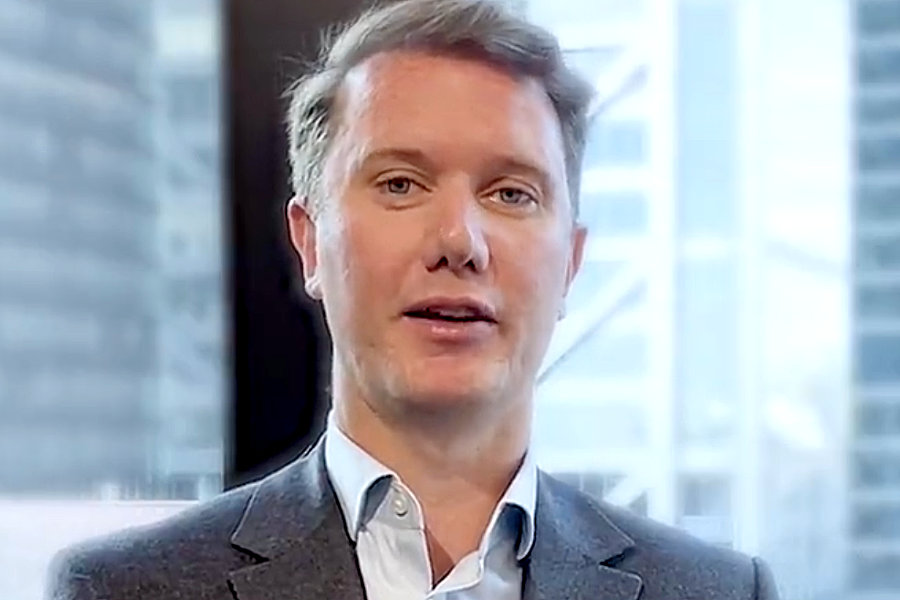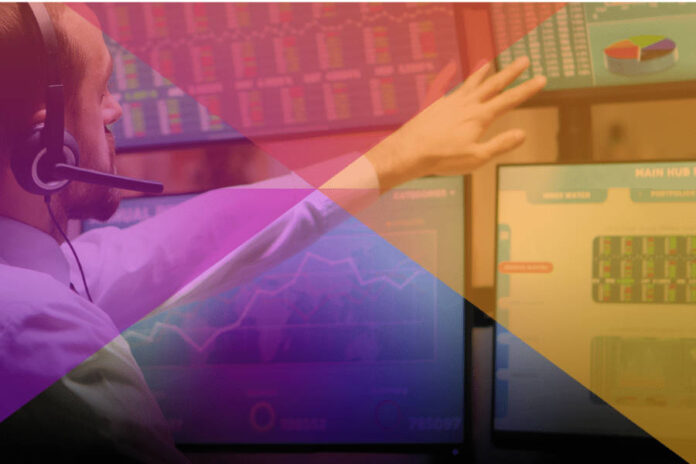Automation was one of the most discussed themes at this year’s Fixed Income Leaders’ Summit in Barcelona, which took place earlier this month, with huge banners on the topic plastering the venue. Platforms are trying to automate as much of their workflow as possible and investors want to use technology and data in order to trade as efficiently as possible.

Joe Farrands, EMEA buy-side sales at Liquidnet, estimated that between 30% and 40% of fixed income is traded electronically, depending on the credit quality. He said electronification has been dominated by large volumes of smaller-sized trades in liquid assets, together with an increase in portfolio trading, which is likely to continue.
“There has been a lot of discussion around how desks are setting rules and parameters for automated execution,” he added.
Liquidnet is continuing to apply technology to grow its client-to-client dark pool, while also lending its infrastructure and plumbing to improve disclosed dealer-to-client workflows. This is a key focus for Liquidnet, says Farrands.
“TP ICAP has broad sell-side reach which pairs well with the Liquidnet buy-side distribution and integration ,” he added. “We have a tremendous opportunity here to bring those two sides together to improve execution for our clients.”
Liquidnet Primary Markets is a great illustration of this, as the firm hopes to improve the bond issuance process. In secondary markets, the firm is using a data-driven approach to improve matches and the customer experience in its fixed income dark pool, while intelligently expanding the client base.
“When quantitative easing was in place and interest rates were near zero, we saw a fall in trading volumes in the dark pool. However, with the challenging macroeconomic environment and a return to a rising interest rate environment we’ve been experiencing since last year, Liquidnet’s dark pool volumes rose 120% in 2022 and have increased another 25% in the year-to-date” explained Farrands.
Liquidnet is now looking to improve the accuracy of its dark pool by applying more parameters to orders to improve the user experience and drive successful trading outcomes.
In order to help increase electronification, Liquidnet is also piloting a new technology initiative which is optional and allows the buy and sell side to transact larger blocks, on a pre-approved, disclosed, bilateral basis.
“We are trying to introduce value-added optionality for the buy and sell side, where axes can be distributed more effectively by the sell side by offering greater information protection, to a far more select group of recipients than the incumbent solutions offer,” Farrands added.
The firm is looking to make the discovery process more effective according to Farrands.
“The sell side can be confident that they have control over who is going to see the axe,” he added. “For the buy side, it simply is an opportunity to access more liquidity with no information leakage on either side.”
Trades are on a bilateral basis but if necessary, TP ICAP can sit in the middle of a transaction if the counterparties do not have the necessary lines of credit.
“This is just the beginning,” concludes Farrands. “We’re really excited by the opportunities ahead to work alongside our parent company to innovate and bring new solutions to the market that allow for better interactions between dealers and clients. RFQ is and will continue to be a very efficient way for both sides to interact electronically but it is time we look beyond as an industry and I think Liquidnet is very well positioned to do just that.”
This article was first published in Markets Media























